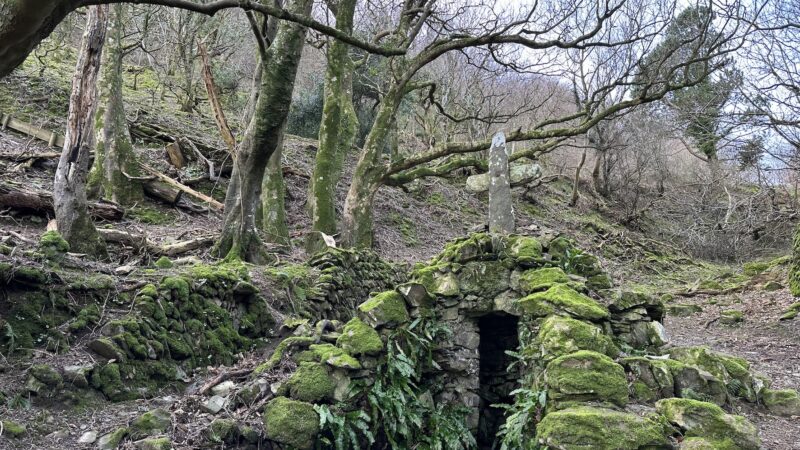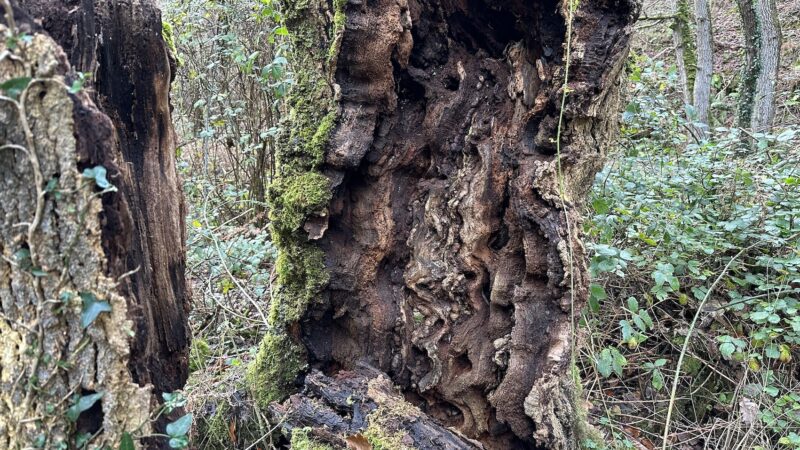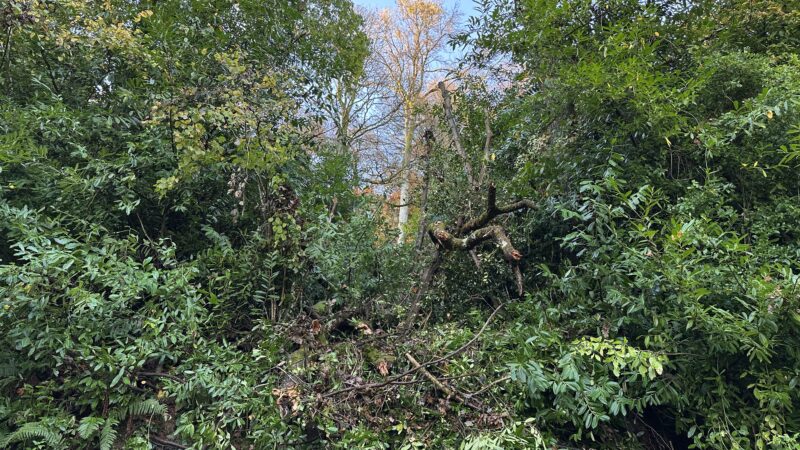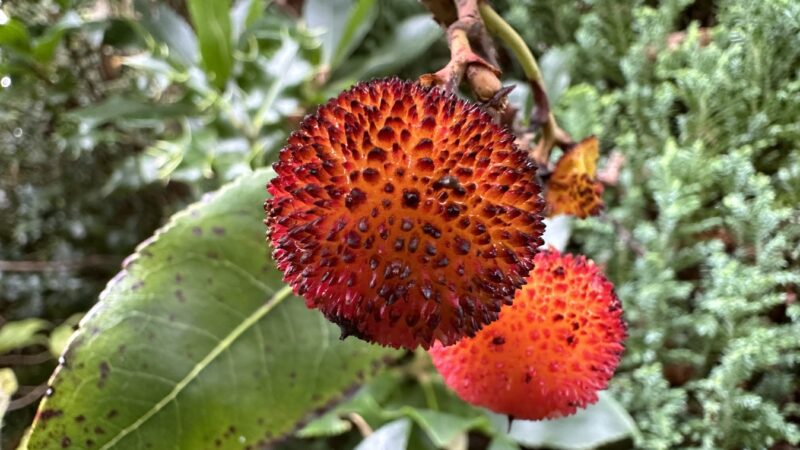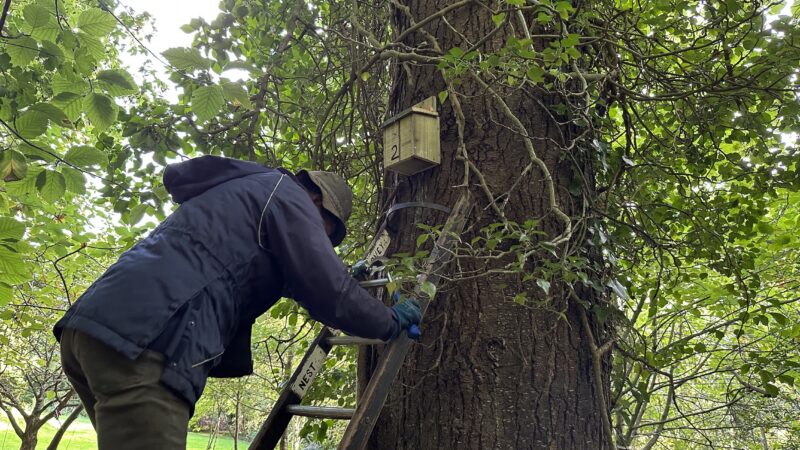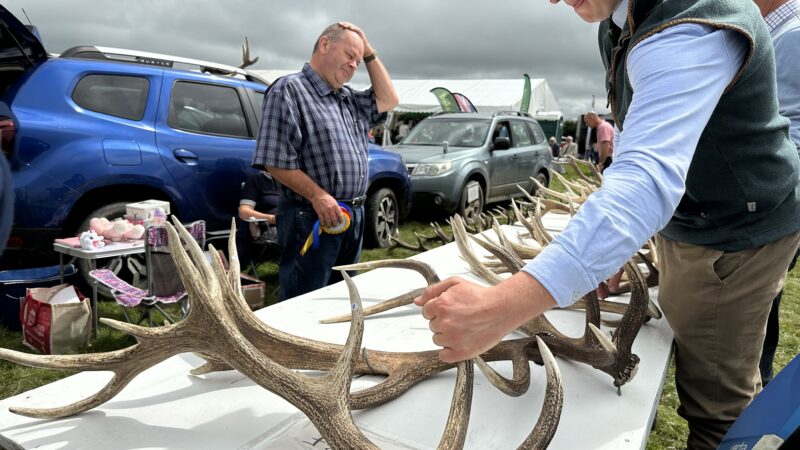A hidden grasshopper meadow
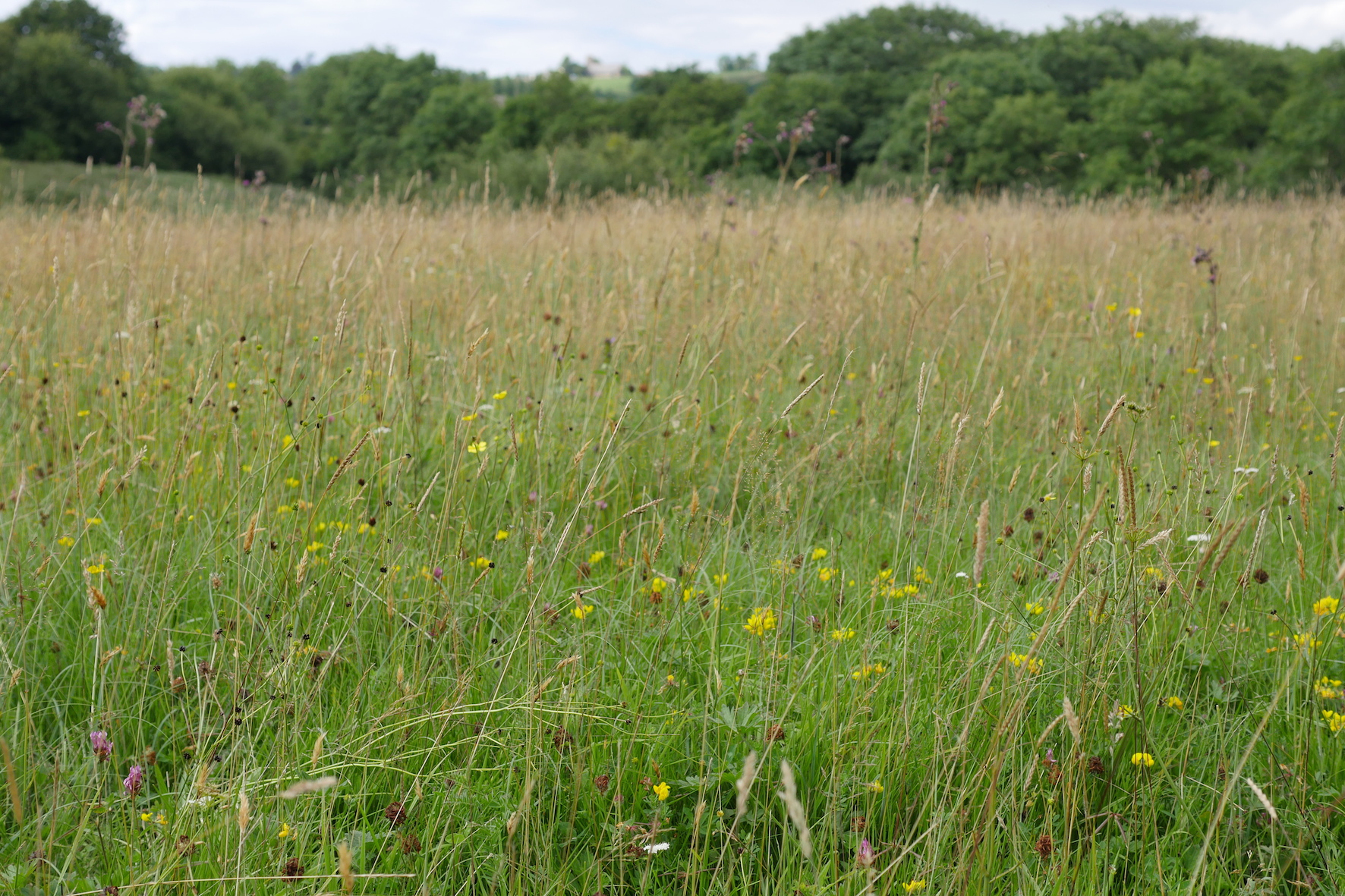
A piece for The Guardian’s Country Diary on a summer meadow in the Marshwood Vale.
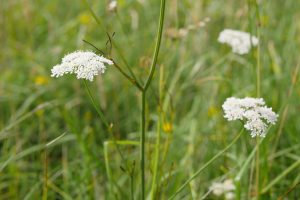
The landscape is dense, dark green and silent. Acres of monocrop ryegrass fields, grown for silage, lie empty, penned between tall hedges and thick, mostly neglected, stands of oak, ash, alder and hazel. The damp clay in the Vale nurtures straight-growing trees of monster size, once prized by the navy. Eager to keep the trees, 16th- and 17th-century farmers would coppice everything, even young oaks, to spoil them for shipbuilding. Today these old oaks can be identified by their strange shapes, branches growing out in sudden clumps from stunted trunks.
Along the line of the ploughed-out bridleway, the ground underfoot is hard and lumpy, the grass a scanty layer over stones and cracked clay. I miss the overgrown footpath through the hedge and have to go back. Pushing aside brambles and nettles, I climb the first wobbly stile and the blackthorn closes around and above me, making a low passageway. Three, four steps with twigs catching at my hair, over the second stile and out into a different environment.
The meadow is a waving, dancing, tawny-pink shimmer of grasshopper song. Thick, fine grasses, fescues, foxtails and sweet vernal grass, grow knee-high, intertwined with scrambling clumps of egg-yellow bird’s-foot trefoil. Spiky heads of purple knapweed bob beside delicate white umbels of corky-fruited water dropwort, a type of poisonous wild carrot that used to be rare outside Dorset but seems to be spreading in the south-west.
Here and there, funnel web spiders have built deep, silvered webs like thick glass vases dropped base-first in the tangle of grasses. Overhead, a handful of house martins chat as they hunt the warm, insect-bearing breeze.
As I step forward, each careful, slow-motion footfall seems to press grasshoppers out of the ground like upward thrown showers. The insects are hard to see until they spring. Some have bright green bodies and brown backs, others are mostly brown. These are meadow grasshoppers, Chorthippus parallelus. The species prefers damp, unimproved pasture and this small field folding down to a marshy stream is ideal. It’s possibly never been ploughed, just grazed. There is very little of it left here in this modern dairy district.
Read the piece here on The Guardian’s website.
